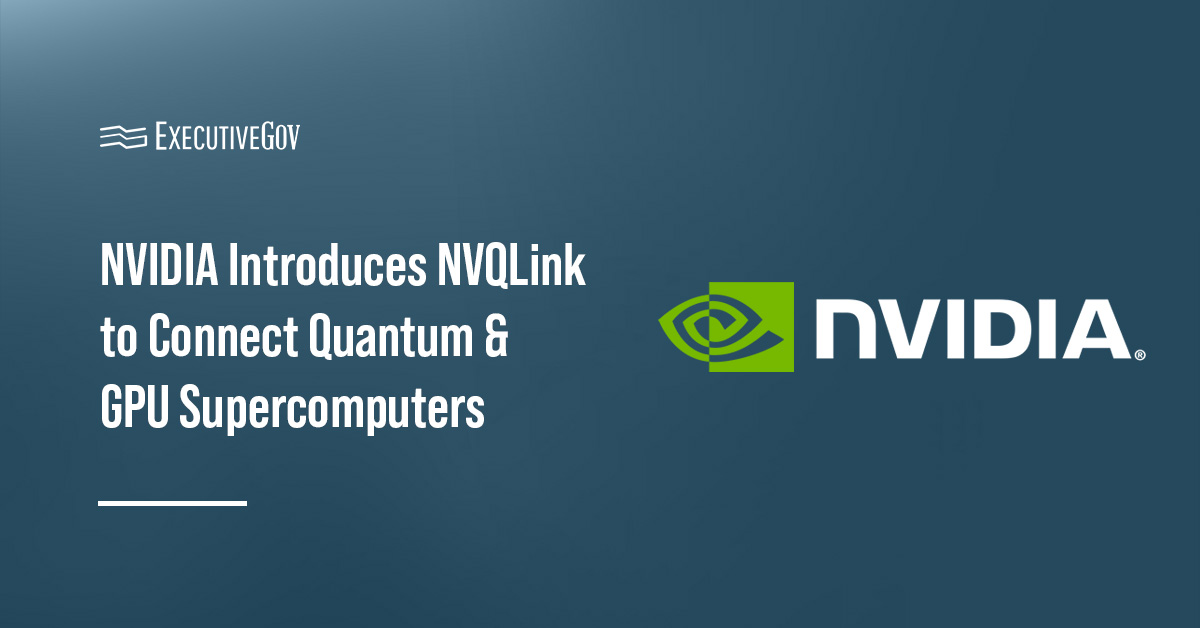NVIDIA has introduced NVQLink, an open system architecture designed to seamlessly integrate graphics processing unit, or GPU, computing with quantum processors, enabling the development of accelerated quantum supercomputers.
Table of Contents
How Does NVQLink Advance Quantum Computing?
The artificial intelligence and accelerated computing company said Tuesday NVQLink aims to accelerate quantum computing by enabling low-latency, high-throughput connections between classical and quantum systems, supporting advanced applications across scientific and defense sectors. The platform delivers an open architecture for quantum integration, connecting 17 quantum processor developers, five controller developers and nine U.S. national laboratories.
Quantum computing’s building blocks—qubits—are highly sensitive and prone to errors, requiring precise calibration, error correction and control algorithms that depend on ultra-low latency and high-throughput links to classical supercomputers. NVQLink is built to provide this critical interconnect, creating the infrastructure to manage qubit performance and unlock transformative quantum applications across industries.
Which DOE National Laboratories Collaborated on NVQLink?
NVIDIA collaborated with researchers from the Department of Energy’s national laboratories — including Brookhaven, Fermilab, Berkeley, Los Alamos, MIT Lincoln, Oak Ridge, Pacific Northwest and Sandia — to develop the NVQLink platform. The laboratories will utilize the platform to drive breakthroughs in quantum computing.
Remarks From NVIDIA CEO
“In the near future, every NVIDIA GPU scientific supercomputer will be hybrid, tightly coupled with quantum processors to expand what is possible with computing,” said Jensen Huang, founder and CEO of NVIDIA. “NVQLink is the Rosetta Stone connecting quantum and classical supercomputers — uniting them into a single, coherent system that marks the onset of the quantum-GPU computing era.”





